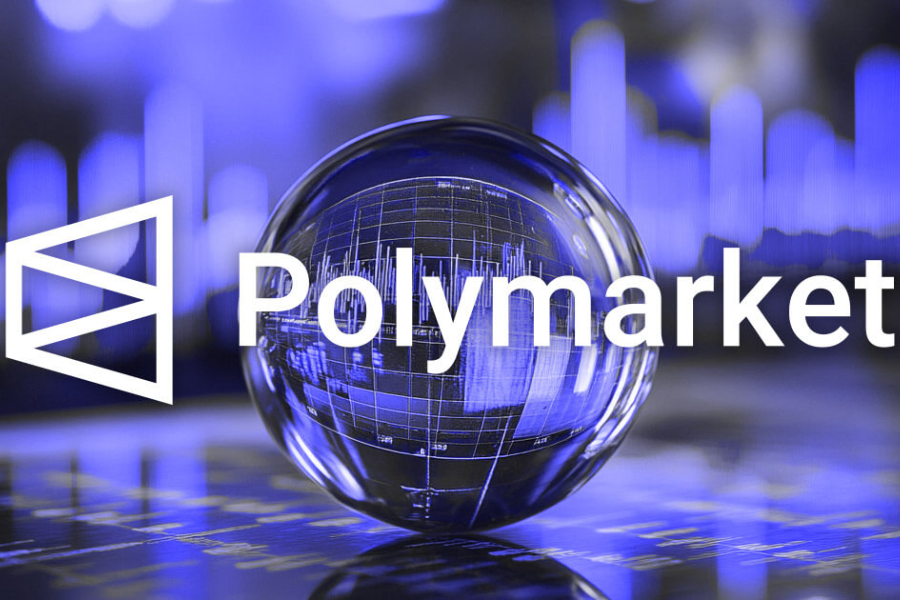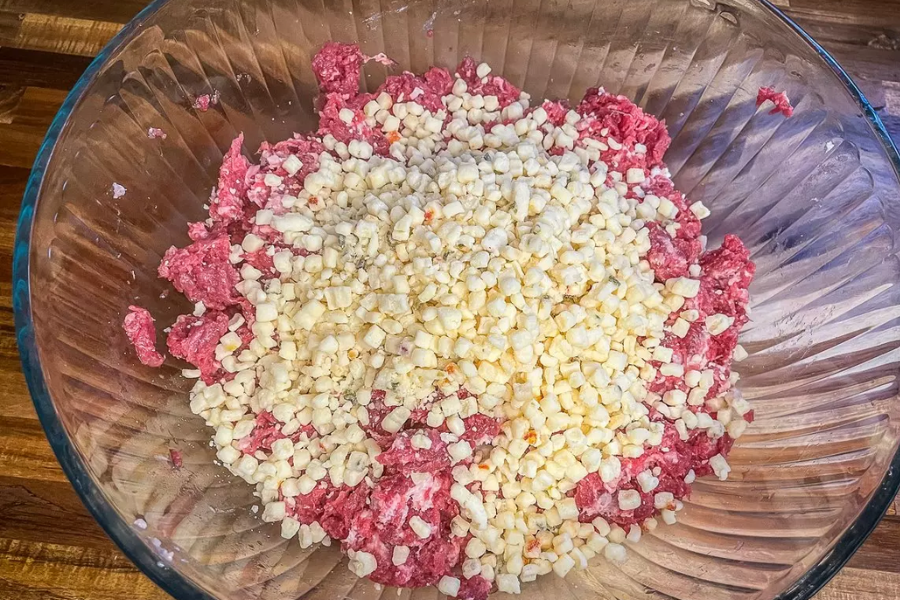Introduction
As the world increasingly shifts toward decentralized finance (DeFi) and blockchain-powered solutions, companies like Polymarket are shaping the future of information exchange. With its innovative use of predictive markets and blockchain technology, Polymarket has become a leading player in the world of decentralized forecasting.
For individuals interested in cutting-edge careers in crypto, exploring Polymarket careers can open up doors to high-impact, high-growth roles in a fast-moving tech startup. This article provides a deep dive into what it’s like to work at Polymarket, the types of jobs available, skills required, company culture, and how to prepare for a role there.
What is Polymarket?
Polymarket is a decentralized prediction market platform built on Ethereum and Polygon. It enables users to speculate on real-world outcomes—such as elections, geopolitical events, sports, and even crypto prices—by buying shares in markets that reflect possible outcomes.
Unlike traditional betting platforms, Polymarket is focused on aggregating public opinion and forecasting intelligence using the principles of the open market and blockchain transparency.
Core Aspects of Polymarket:
- Runs on smart contracts
- Uses USDC (a stablecoin) for trading
- Offers non-custodial prediction markets
- Focused on creating informational value, not just gambling
Why Consider a Career at Polymarket?
Working at Polymarket offers an opportunity to contribute to a revolutionary product that blends finance, technology, and decentralized governance. For professionals interested in crypto, Web3, finance, data science, or product development, Polymarket is a dynamic environment where innovation meets real-world impact.
Key Reasons to Join Polymarket:
- Mission-Driven Work: Help democratize access to reliable information through prediction markets.
- Remote-Friendly: Many roles are fully remote, offering location flexibility.
- up Culture: Flat hierarchies, fast iteration cycles, and high autonomy.
- Crypto-Native Environment: Work on blockchain-native products and interact with a crypto-literate user base.
Types of Polymarket Careers Available
Polymarket offers roles across various departments, including engineering, operations, growth, product, legal, and data science. Here are some of the most common job categories:
1. Engineering & Development
- Frontend Developer (React/TypeScript)
- Smart Contract Engineer (Solidity)
- DevOps/Site Reliability Engineer
- Backend Developer (Node.js, Rust)
Key skills required: Web3 development, smart contracts, blockchain architecture, decentralized application (dApp) experience.
2. Product & Design
- Product Manager
- UX/UI Designer
- Data Visualization Specialist
Skills: User-centered design, agile development, data-driven product planning.
3. Operations & Legal
- Compliance Analyst
- Regulatory Strategist
- Business Operations Associate
Focus areas: Navigating the complex legal terrain around prediction markets and DeFi.
4. Growth & Marketing
- Community Manager
- Growth Hacker
- Partnerships Lead
- Content Strategist (Crypto Focused)
Experience with Twitter, Discord, crypto influencers, and analytics tools like Google Analytics and Mixpanel is valuable.
Qualifications and Skills Polymarket Looks For
While qualifications vary by role, Polymarket values candidates who are:
- Crypto-Native: Understand blockchain tech and current Web3 trends.
- Self-Starter: Comfortable working independently in a remote setup.
- Flexible & Fast-Moving: Thrive in startup chaos and iteration.
- Mission-Aligned: Genuinely interested in open markets, freedom of information, and decentralized systems.
Having a GitHub portfolio, contributions to open-source projects, or experience trading on DeFi platforms is a plus for technical roles.
How to Apply for a Job at Polymarket
- Check the Official Careers Page: Visit Polymarket’s official website or their profile on platforms like AngelList and CryptoJobsList.
- Prepare a Web3-Oriented Resume: Focus on any crypto, blockchain, or DeFi-related projects you’ve worked on.
- Showcase Community Engagement: If you’re active in Discord or Telegram communities, highlight it.
- Write a Cover Letter (Optional but Helpful): Express why you align with Polymarket’s mission.
Polymarket Work Culture and Environment
Polymarket promotes a remote-first, meritocratic, and open-source-friendly work culture. Team members are encouraged to:
- Share ideas openly
- Iterate quickly based on user feedback
- Embrace regulatory transparency
- Stay active in the broader Web3 community
Challenges and Considerations
Working at a company like Polymarket also comes with its share of challenges:
- Regulatory Uncertainty: Prediction markets are closely watched by regulators, especially in the U.S.
- Volatility: Startups in the Web3 space can have short funding runways and shifting priorities.
- Technical Complexity: Developers must handle high levels of security, scalability, and smart contract integrity.
Being adaptable and risk-tolerant is crucial in such an environment.
Conclusion
Polymarket careers represent a golden opportunity for professionals interested in being part of the Web3 revolution. With a focus on decentralizing truth and improving access to accurate, crowd-sourced forecasting, Polymarket offers not just jobs but mission-driven, high-growth career paths.
If you’re crypto-savvy, enjoy working in fast-paced environments, and want to help shape how the world accesses predictive insights, then a career at Polymarket might be your next big move.
FAQs About Polymarket Careers
Q1: Where can I find current job openings at Polymarket?
You can check Polymarket’s official site or job platforms like AngelList, Web3.career, and CryptoJobsList.
Q2: Does Polymarket offer remote jobs?
Yes, many roles at Polymarket are fully remote, although some may have time zone preferences.
Q3: What is the average salary at Polymarket?
While specific figures vary by role, Web3 startups often offer competitive salaries with crypto-based equity or token incentives.
Q4: Do I need to be a blockchain expert to work at Polymarket?
Not necessarily. While technical roles require blockchain knowledge, marketing, ops, and product roles may not. However, a strong understanding of crypto is highly preferred.
Q5: Is Polymarket hiring entry-level employees?
Most roles are geared toward mid to senior levels, but demonstrating Web3 experience through open-source contributions or personal projects can help you stand out as a junior applicant.
Dive deeper into the real stories behind today’s headlines on RealsStory.com.






